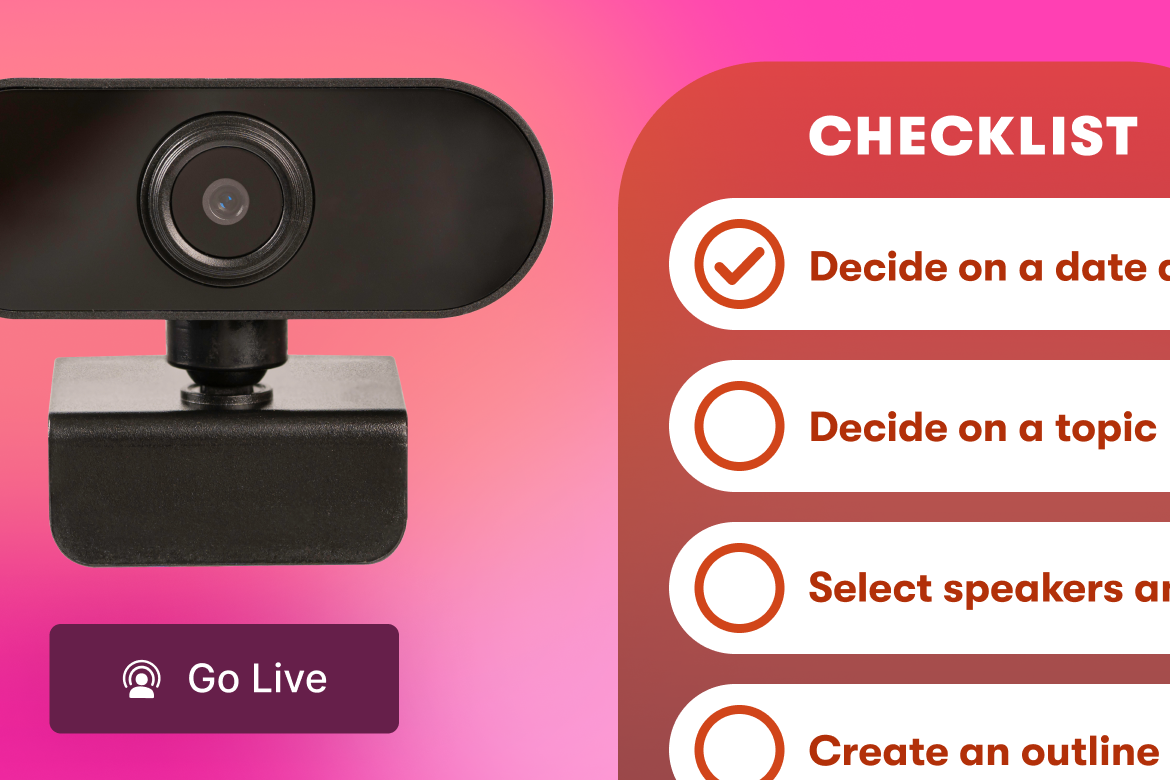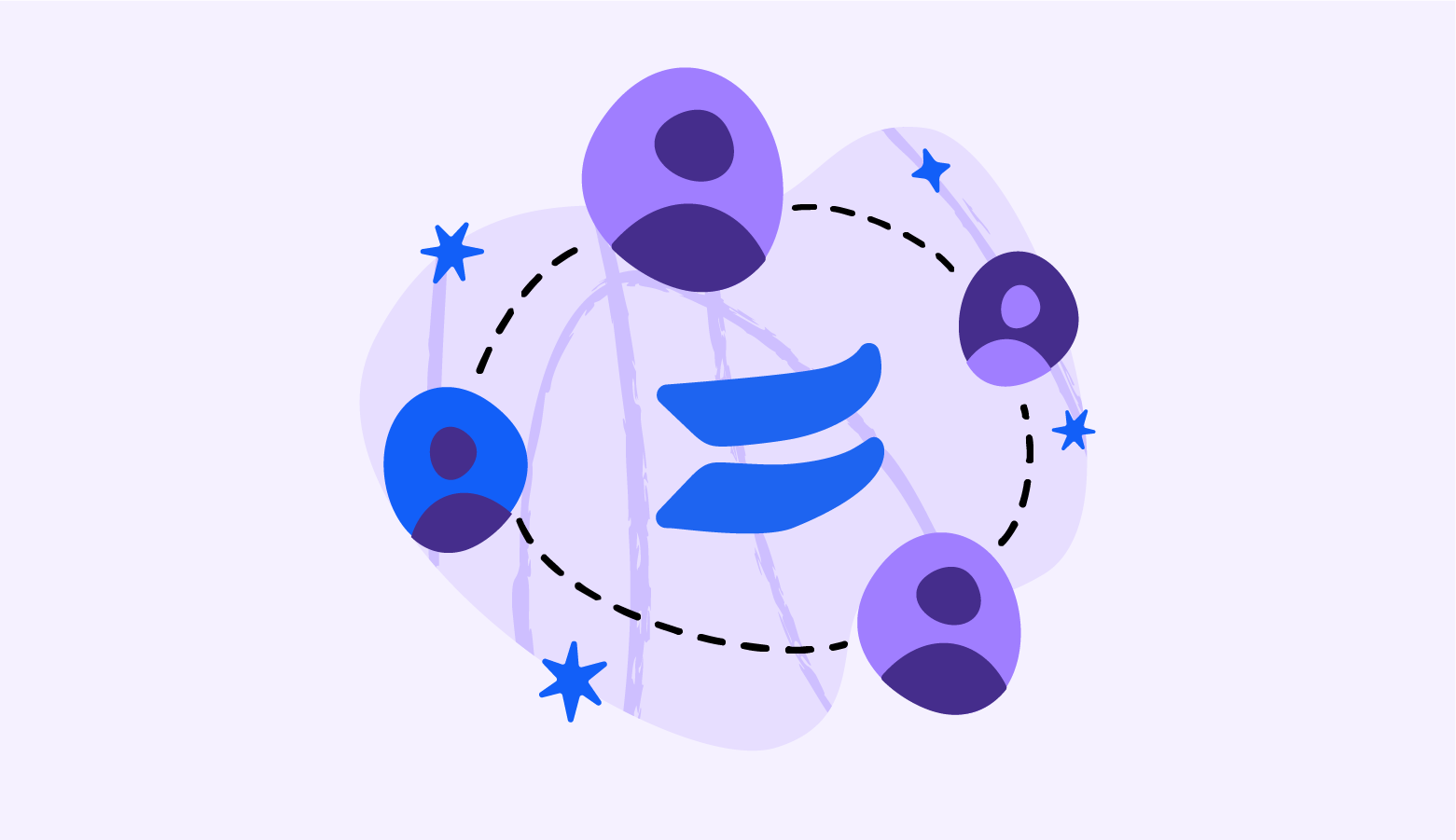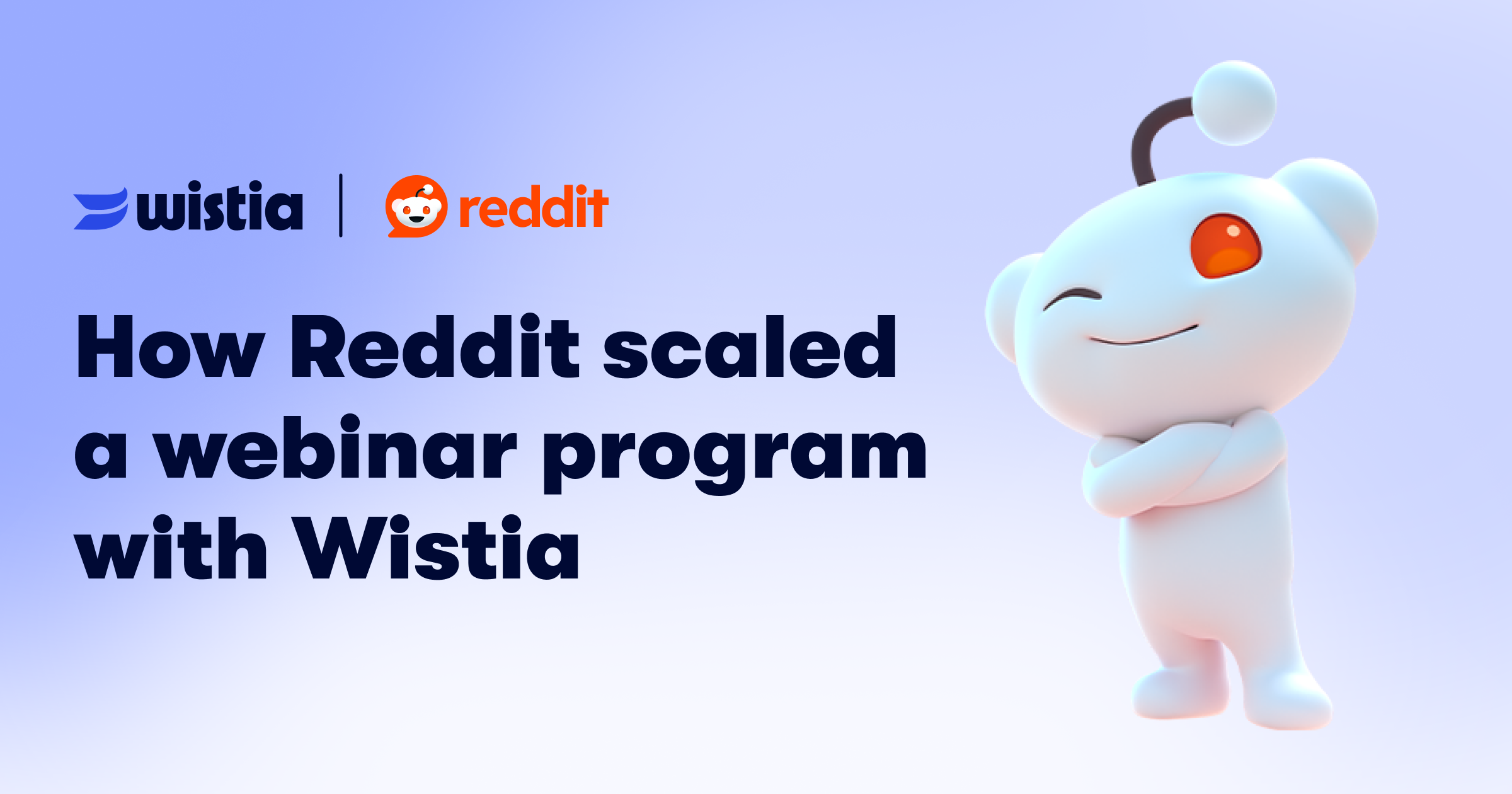How to Use Video to Fire Up Your Sales Funnel
August 3, 2021
Have you ever watched a product video that just blew you away? Perhaps the piece of content was so good that you immediately went to the brand’s website to learn more and ended up placing an order. You were satisfied with your purchase and before you knew it, you racked up several more.
In a nutshell: That initial video turned you into a loyal paying customer.
Believe it or not, your individual customer journey was no accident. Brands strategically use video to entice new leads and nurture them down the sales funnel. They conduct extensive target audience analysis and build detailed buyer personas to help deliver the specific video content potential customers want to see.
In today’s digital landscape, video is one of the most effective ways to grab a prospective customer’s attention. The modern consumer is more interested in and attuned to video than ever before, especially as a result of the pandemic. Here at Wistia, we witnessed an 85% increase in minutes watched on our platform from 2019 to 2020.
“Here at Wistia, we witnessed an 85% increase in minutes on our platform from 2019 to 2020.”
Ready to nurture some fresh leads of your own using video? Here are some ideas on what kind of videos work best in each stage of the sales funnel and how to create a stellar funnel of your own.
How to use video in the four stages of the sales funnel
When building video content for your sales funnel, adopt a strategic approach around why and when to deploy specific videos. To create the most valuable video content, use the four key stages of the sales funnel as a guide. This will help you easily identify the best video content for different leads, depending on what stage of the funnel they’re in.
1. Awareness stage
Types of video content: Social media brand videos, paid video ads, video podcasts, video series
The awareness stage is when people first encounter your brand or product. This is their first time learning about your brand through something like a short Facebook ad video or a podcast they stumble upon on YouTube. Video content at this stage should focus on offering helpful information about topics that matter to your target audience or entertaining them in some way without pushing your product.
Here’s an example of a product video we created to announce that Wistia supports podcasting. Although we introduced our product, we made this video to be entertaining for folks who have never heard of our brand before.
2. Consideration stage
Types of video content: Live video Q&As, webinars, product tutorials
The next stage in the sales funnel involves educating leads about how a product like yours can help them solve their problems. For example, maybe first-time business owners are struggling with how to get more email list subscribers. Your goal with video content at this stage should be tailored toward helping those small business owners solve that specific issue. This builds trust and continues to give people a chance to get familiar with your brand.
Take this example from UserTesting, the usability testing and research tools platform. In their video, they show how you can use UserTesting to get human insights you need to deliver exceptional products, services, or brands.
3. Conversion stage
Types of video content: Video testimonials, product demos, video case studies
Once you’ve given potential customers information about how to help solve a problem they’re facing, it’s time to position your brand as the best solution. Share videos that show all the top features of your product and why it’s a cut above competitors. Your content should highlight happy customers and companies you’ve worked with in your industry so leads know you’re the real deal.
PlanSource, the employee benefits software company, creates customer success story videos. They interviewed the VP of Human Resources from The CORE Group, a national food service agency, to showcase how their product makes The CORE Group’s benefits enrollment process easier for employees and their administration team.
Ensure videos at this stage have a prominent Call to Action (CTA) at the end of the video or in the description. The button might send viewers to a pricing page on your website or a dedicated sales page with more feature information.
4. Retention stage
Types of video content: Feature update videos, live video events, new product announcement videos
Your sales funnel doesn’t end when you make a sale — it’s a rinse-and-repeat process. You can’t forget about your current customers, and you’ll need to follow up with them periodically to check in. To keep customers engaged, send them relevant video content about brand and product updates and events to make sure you retain their business.
Ask customers what kind of videos they want to see through surveys and calls — and if you see a pattern in requests, consider creating it. Think of it as video-on-demand for your audience.
We took this approach at Wistia by hosting a customer-centric webinar all about HubSpot. The event focused on educating our current customers on how they can make the most of their video assets by connecting Wistia with customer relationship management (CRM) software.
How to create a sales funnel for your B2B brand
Now that you know how to optimize your sales funnel stages with video, it’s time to build your actual funnel strategy. We’ve put together a basic template of how a sales funnel with video support may look for a B2B brand.
1. Use video to initially grab your audience’s attention
Fill the top of your funnel with video resources to engage with people in the awareness and consideration stages. This might include non-product videos and video ads, all with the goal to get people interested in learning more about your brand and product. The idea of this top of funnel, or ToFu, content is that you want to use videos to capture someone’s attention in a unique or insightful way.
One of the most creative ways to deploy ToFu video content is using a video series. Whether it’s a documentary or talk show, it should be at least loosely related to your brand or product. Many B2B brands are doing this by creating binge-worthy video series to pique their audience’s interest — a different approach from the historical way of offering a simple blog post or free whitepaper.
We’ve done this ourselves, with a video series called Show Business that equips you with all the tools you need to launch a unique video series or podcast for your brand (so meta, we know). We found the series was able to get us on the radar of new potential customers and start building relationships with them right away.
2. Build a landing page for gated content
Once people have viewed your video, make sure you include a CTA link directing them to a landing page with more information about your brand and product. Use your landing page to quickly establish what your brand and product can do for people. Keep messaging clear and concise. You can even include a brief video on this page to increase dwell time and keep users engaged. Finally, cap it off with premium gated content to gather people’s contact information.
The gated content should be a unique resource such as a guide, report, or ebook that only your brand offers. It needs to offer clear value for your B2B audience so they’re moved to opt in to your email list. Once you have their contact information, you can move to the next step and continue to guide them down the funnel.
3. Put together an email campaign to nurture prospects
Now that users have signed up to get your gated content, you can nurture them through a targeted email marketing campaign. Email campaigns can be a great way to maintain brand visibility among prospects who are still weighing options.
Set up an email campaign to run roughly two to three weeks. Send emails periodically (every three to four days); this ensures you’re not overwhelming prospects while still keeping your brand on their mind.
At this stage in the funnel, it’s a good idea to send educational video content that details how to solve a customer’s problem and slowly start to lay the framework for your brand as a solution.
4. Get prospects to convert using video
Now that you’ve established a relationship and sent some initial information, it’s time to take things up a notch and get your prospect focused on purchasing. Near the end of your email campaign, start sending video content that positions your brand as the best solution to a prospect’s problems.
Video testimonials and case studies are helpful at this stage. To personalize the experience, you can even send an individualized video from someone on your marketing or sales team. This curated communication can help the prospect put a name and face behind your brand and strengthen their connection with your company.
5. Leverage video for your retention efforts
Once again, don’t forget about your existing customer base. If you want to keep current customers engaged, send them regular videos specific to their B2B industry. Offer helpful video content and niche down your efforts to build brand affinity among your customer base.
Consider giving customers early access to events like a live Q&A video event hosted by your brand. To make them feel even more connected, consider giving loyal customers the chance to submit questions in advance. Then, during the Q&A itself, prioritize those questions and individually call out customer names to create a more personal relationship with them and make them feel acknowledged.
Ready to make more videos for your sales funnel?
Your sales funnel is by no means a one-and-done solution. Video content can — and should — change and evolve depending on your audience’s needs at any given time. The most important thing is to keep the different stages of the sales funnel in mind, as well as your loyal customer base, as you create your funnel and complementary video content.
Now that you know how to use video to support your sales funnel, you might need a little inspiration to help you get started. Check out our guide to creating videos for every stage of the sales or marketing funnel — complete with metrics you should be tracking. This will set you up to acquire new customers regularly and retain the folks who already love your brand.






